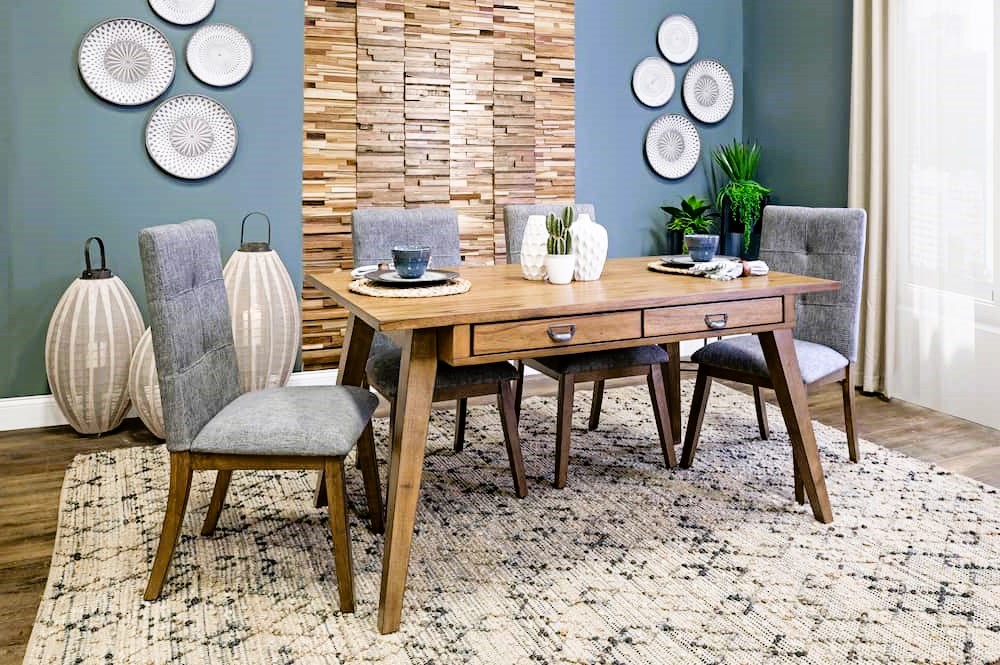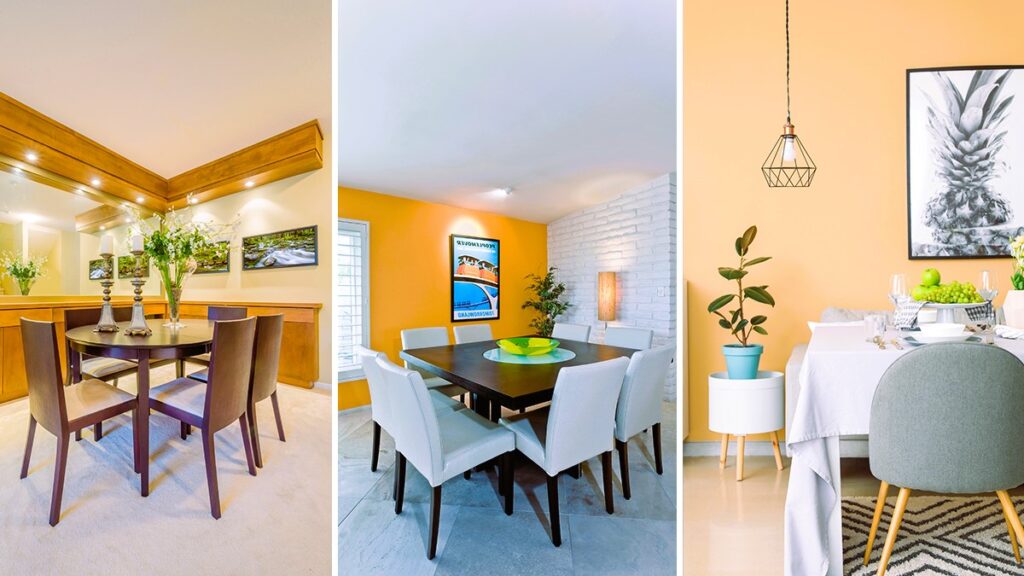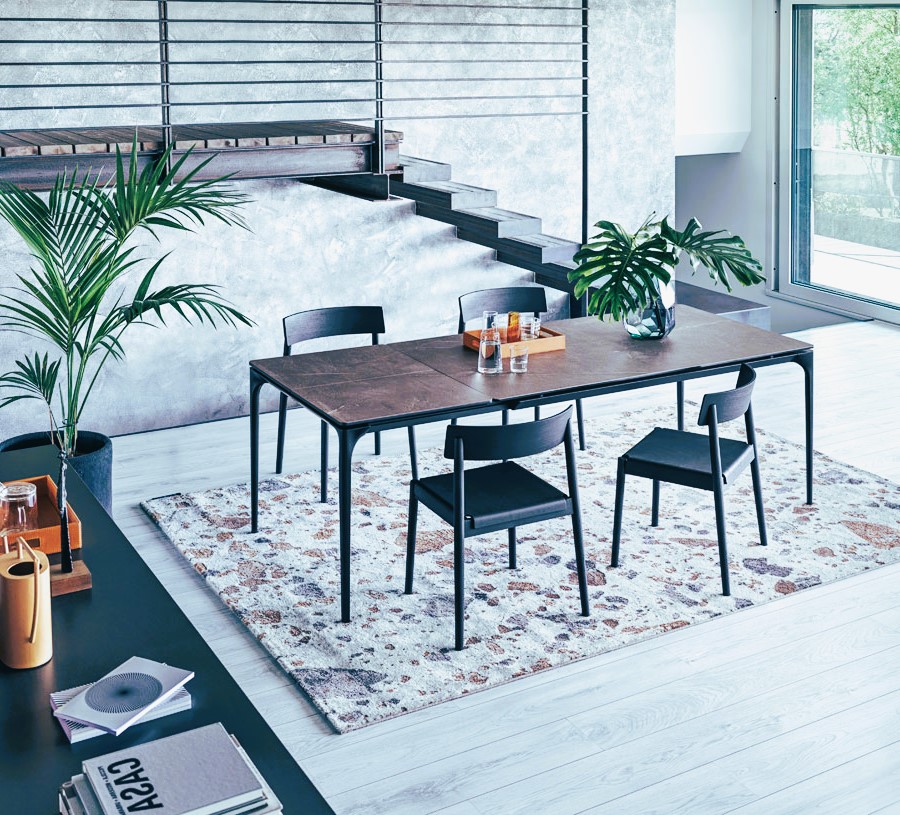How to Select the Ideal Dining Table for Your Home
The dining table is more than just a piece of furniture; it’s the heart of your dining area, where family and friends gather to share meals, stories, and laughter. Selecting the right dining table for your home is a significant decision that can impact the aesthetics and functionality of your dining space. In this comprehensive guide, we’ll explore the essential factors to consider when choosing the ideal dining table to suit your needs and style.
1. Assess Your Dining Space
Before you start shopping for a dining table, it’s crucial to assess the available space in your dining area. Measure the dimensions of the room, taking note of any architectural features, such as windows, doors, or columns, that might affect the layout. Allow enough space around the table for comfortable seating and movement.
Pro Tip: Leave a minimum of 36 inches (91 cm) between the edge of the table and the nearest wall or furniture to ensure easy access and a comfortable dining experience.
2. Determine Your Dining Table Size

Once you have the room’s measurements, you can determine the appropriate dining table size. Consider the following guidelines:
- Seating Capacity: Decide how many people you want the table to accommodate regularly. A standard rectangular dining table typically seats 6 to 8 people, while larger tables can accommodate 10 or more.
- Table Shape: The shape of the table can impact its seating capacity. Rectangular tables are efficient for narrow spaces, while round tables encourage conversation among all diners.
- Table Length: For rectangular tables, allow a minimum of 24 inches (61 cm) of table width per person to ensure comfortable seating. Round tables should have a diameter of at least 48 inches (122 cm) for four diners.
3. Consider Table Material and Style
The material and style of your dining table play a significant role in defining the look and feel of your dining area. Common materials include:
- Wood: Wood dining tables are classic and versatile. Different wood types, such as oak, walnut, or cherry, offer various aesthetics. Wood can range from rustic to contemporary.
- Glass: Glass tables create an open and airy feel, making them suitable for smaller spaces. They also blend seamlessly with various decor styles.
- Metal: Metal tables add an industrial or modern touch to your dining area. They are durable and easy to clean.
- Marble or Stone: Marble or stone tables exude elegance and sophistication. However, they may require extra care to prevent staining.
- Concrete: Concrete tables provide a rugged and unique look. They are sturdy and durable, perfect for outdoor dining as well.
In addition to material, consider the table’s style. Whether you prefer a traditional, modern, rustic, or eclectic look, there are dining tables to match your style preferences. Furniture for living in an apartment, more details in the article Solutions for a small space.
4. Pay Attention to Table Features
Depending on your lifestyle and dining habits, certain table features may be advantageous:
- Extendable Tables: These tables have leaves or panels that can be added or removed to adjust the table’s size. They are excellent for accommodating guests on special occasions.
- Storage: Some dining tables come with built-in storage, such as drawers or shelves, for keeping tableware or linens conveniently close.
- Pedestal vs. Leg Base: Tables with a pedestal base offer more legroom, making them ideal for smaller spaces. Leg-base tables may provide more stability.
- Tabletop Finish: Consider the finish of the tabletop, which can affect the table’s durability and maintenance. Options include matte, glossy, or protective coatings.
5. Think About Chairs
Your choice of dining chairs is essential for creating a cohesive dining set. Ensure that the chairs you select complement the style and height of your dining table. It’s also important to consider comfort, as you and your guests will spend extended periods seated at the table.
6. Budget and Quality
Set a budget for your dining table purchase, but be prepared to invest in quality. A well-made dining table can last for generations, making it a valuable long-term investment. Consider factors like material, craftsmanship, and warranty when evaluating quality.
For more information on furniture standards and regulations in Canada, you can visit the official website of Canada.ca. Understanding safety and quality standards is essential when selecting furniture for your home.
7. Test Before You Buy

Whenever possible, visit furniture showrooms or stores to physically examine and test dining tables. Sit at the table to gauge comfort and legroom. Additionally, feel the table’s surface and inspect the quality of materials and construction.
8. Explore Customization
If you have specific design preferences or unique space requirements, consider customized dining tables. Many manufacturers offer customization options, allowing you to tailor the table to your exact specifications.
9. Maintenance and Care
Lastly, consider the maintenance and care required for your chosen dining table material. Some materials may require special cleaning or maintenance to preserve their appearance and longevity.
In conclusion, selecting the ideal dining table for your home involves careful consideration of space, size, material, style, and functionality. By following these guidelines and conducting thorough research, you can make an informed choice that enhances your dining area and elevates your dining experiences for years to come.

